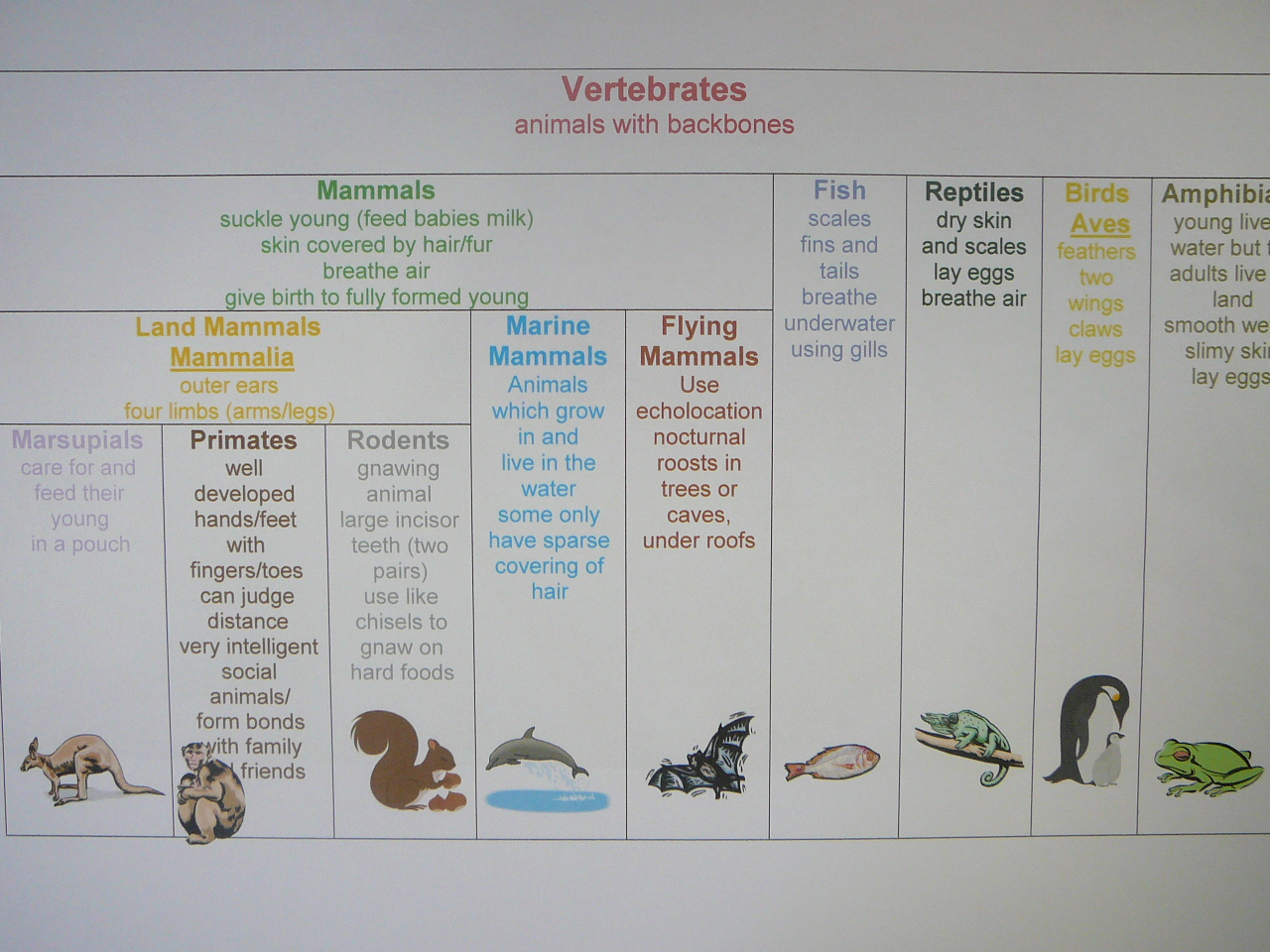
Image source: https://practicalpages.files.wordpress.com/2010/01/p1080345.jpg
Modern scientific classification dates back to the work of a Swedish botanist and explorer called Karl Linnaeus (18th Century). He devised a system whereby all organisms are classified by two part scientific names written in Latin. The first part of the name refers to the genus to which the animal belongs and the second part denotes its species; this system remains in force today and is understood by scientists all over the world. As well as labelling all living things it shows exactly where a species fits into the living planet.
In scientific classification the species is the basic unit. Species are organised into groups called genera and these are organised into families. This system of groups continues working upwards through orders, classes, phyla and finally into kingdoms. Kingdoms are the largest group and also the highest level in the hierarchy.
Each of the groups in the hierarchy has a common ancestor, which becomes increasingly remote from a species with each higher level of the hierarchy. Identification of the groups is an important part of the classification process and often involves difficult and complicated research.
Traditionally species are defined as groups of living things that share a set of characteristics and that are able to interbreed in the wild. It is sometimes difficult to determine if a group fits the definition so scientists prefer to determine species by examining genetic data. However genetic data does not solve all the classification problems because it still has to be decided if two animals' genes are close enough to warrant their being classed as one species.
Nearly all of today's animal groups were identified before genetic analysis became available. The groups were established on the basis of anatomical evidence both in living species and in those species preserved as fossils. Anatomical studies can be useful in tracing the path of evolution because they can show how certain body parts have been modified, sometimes greatly, for different uses.
The limbs of four legged vertebrates or tetrapods are an example of this kind of evolutionary modification. The basic limb pattern dating back over 300 million years is built around three main sets of bones. The single bone where the limb meets the body, two bones further away and five sets of smaller bones at the limbs outermost point. As tetrapods spread to various habitats the limbs of the different groups become specialised in shape, size and the way they worked. However as evolution always changes what already exists the underlying pattern of bones was preserved in all the different groups. For classification specialists this is one of many pieces of evidence that shows that all tetrapods evolved from a shared ancestor.
In classification, tetrapods are said to form a natural group or clade. A clade is made up of an ancestral species and all of its descendants. Together they form a complete and self contained branch from the evolutionary tree of life.
The clade concept has had a large impact on the science of classification because it helps to reduce the confusion that evolution leaves behind. The greatest source of this confusion is convergence, which is a process that makes unrelated species develop in particular ways to suit similar ways of life. Cartilaginous and bony fish are a typical example of this. Both have fins and streamlined bodies, adaptations to an active life in the water. When they are examined in more detail the many underlying differences between them show that cartilaginous and bony fish belong to separate branches of the evolutionary tree.
A specialist is unlikely to be confused by these two kinds of fish but with animals that are already related, convergence can make relationships difficult to decipher. An example of this is walruses, seals and sea lions. These animals have traditionally been classified in a single and separate order of mammals - Pinnerpedia - but a study of their anatomy suggests that pinnerpeds may consist of two or three separate lines of animals that have evolved independently from different kinds of carnivores. If this is true then pinnerpeds are an artificial grouping instead of one that actually shows the path of evolution. They could therefore be divided into separate clades.
As scientists apply cladistics to the animal world, many of the established groups are being shown to have been built on loose foundations. A re-examination of animal groups is part of a constant process in classification science. This reassessment helps to produce an even more precise picture of how animals are related and how the animal kingdom came to look as it does today.